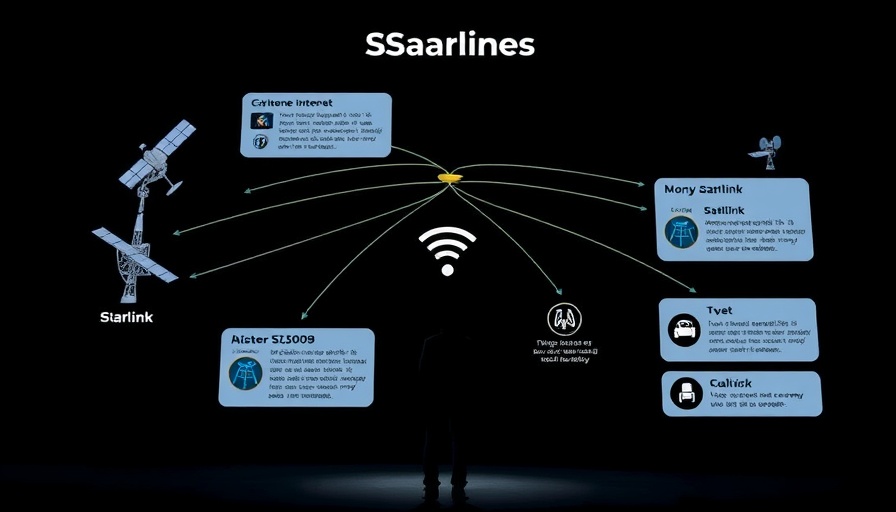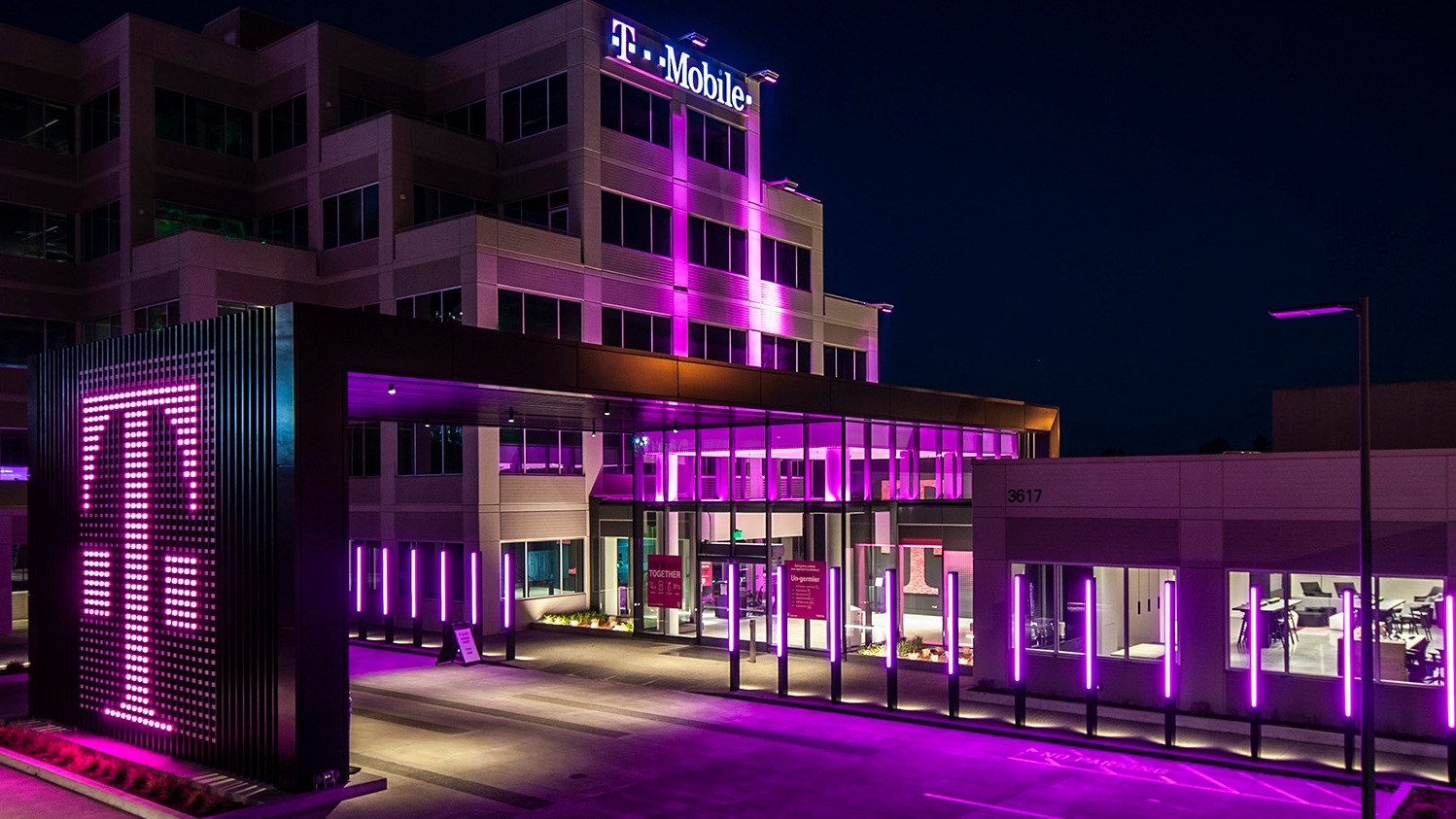
Understanding Starlink: The Future of Internet Connectivity
Starlink, the satellite internet service from SpaceX founded by Elon Musk, is not just another tech trend—it's a revolutionary step towards global internet access. The service has already made significant strides across more than 100 countries, offering high-speed internet to those in remote and underserved zones. However, despite its success stories, its launch in India faces delays primarily due to stringent regulatory approvals and security concerns. What’s at stake here, and what can Indian users anticipate if Starlink becomes available?
How Starlink Transforms Internet Connectivity
Starlink's operational model is distinct from traditional broadband services, which rely heavily on physical infrastructure like fiber cables and cellular towers. Instead, it utilizes a rapidly growing network of low-Earth orbit (LEO) satellites—nearly 7,000 satellites operational since January 2024—with ambitions to upgrade the technology every five years. Users need a Starlink dish and router, which align with nearby satellites to provide seamless connectivity. While it serves fixed locations primarily, the configuration can accommodate mobile internet needs in vehicles, boats, and aircraft as needed.
Potential Plans and Speeds for Indian Users
As of now, no concrete plans for Starlink's launch in India have been formally announced. However, the comparative models being rolled out in Bhutan serve as an intriguing reference point. In Bhutan, a Residential Lite Plan costing approximately ₹3,001 per month offers speeds ranging from 23 to 100 Mbps, making it suitable for everyday browsing and streaming. A more robust Standard Residential Plan is available for about ₹4,201 per month, permitting speeds between 25 and 110 Mbps, optimal for gaming and video calls. If Starlink enters India, expect prices to fall around ₹3,500 to ₹4,500 per month due to added foreign service taxes.
Starlink vs. Traditional Broadband: A Speed Comparison
One of the most significant advantages Starlink holds is its lower latency performance. While traditional broadband services often exhibit latencies that can reach above 100 ms, Starlink keeps it between 25-50 ms, providing a more responsive internet experience. This aspect can be especially beneficial for gamers and professionals who rely on robust internet speeds for video conferencing. With these capabilities, Starlink could emerge as a formidable competitor against existing broadband services offered by companies like Jio-SES and OneWeb.
The Broader Implications of Starlink in India
The introduction of Starlink in India goes beyond just internet access; it could reshape educational opportunities and telehealth services, significantly impacting rural areas that lack reliable connectivity. The potential enhancement in digital literacy and access to information could empower communities and create economic growth at a grassroots level. However, it's essential to watch ongoing regulatory discussions closely, as these will dictate the feasibility of Starlink's launch.
As we await the regulatory green light, stakeholders in the tech industry, education, and healthcare sectors should prepare for the possibilities Starlink could unlock. Should it materialize, the implications for connectivity and digital access will be monumental.
 Add Row
Add Row  Add
Add 

 Add Row
Add Row 


 Add Element
Add Element 

Write A Comment